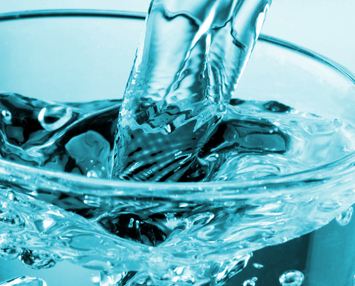Nitrogen threat revealed
 Global nitrogen is emerging as a serious threat to drinking water.
Global nitrogen is emerging as a serious threat to drinking water.
Researchers warn that nitrogen pollution could jeopardise a third of the world's natural water reserves by 2050, leading to a drinking water crisis for approximately 3 billion people.
A new study, published in Nature Communications, highlights the urgency of addressing water quality in future water management policies to avert this potential catastrophe.
The research team conducted a comprehensive computer simulation analysis, examining global river basins to understand the impact of nitrogen pollution on water safety.
They discovered that in 2010, 984 sub-basins were already considered unsafe for consumption due to high levels of nitrogen.
Alarmingly, projections suggest this number could escalate to 3,061 by 2050 if current trends continue.
This dramatic increase in water scarcity is attributed primarily to human activities such as urbanisation, particularly sewage discharge, and agricultural practices around rivers, which introduce significant amounts of nitrogen into water bodies.
The study notes that river basins, and their sub-basins, serve as crucial sources of drinking water but are increasingly becoming hotspots for water scarcity due to pollution.
Regions identified as future water scarcity hotspots include South China, Central Europe, North America, and Africa, where urban and agricultural activities are intensifying.
The researchers say there is a critical need for policymakers to integrate water quality considerations into their assessments of future water resources.
They argue that achieving the UN Sustainable Development Goal (SDG) 6, which focuses on ensuring access to clean water, requires concerted efforts to control agricultural pollution as outlined in SDG 2.
This would not only mitigate water pollution but also enhance water scarcity protections globally.
With over 3 billion people potentially facing severe water scarcity by 2050 due to nitrogen pollution, the study makes an urgent call for action to prioritise pollution control measures.








 Print
Print